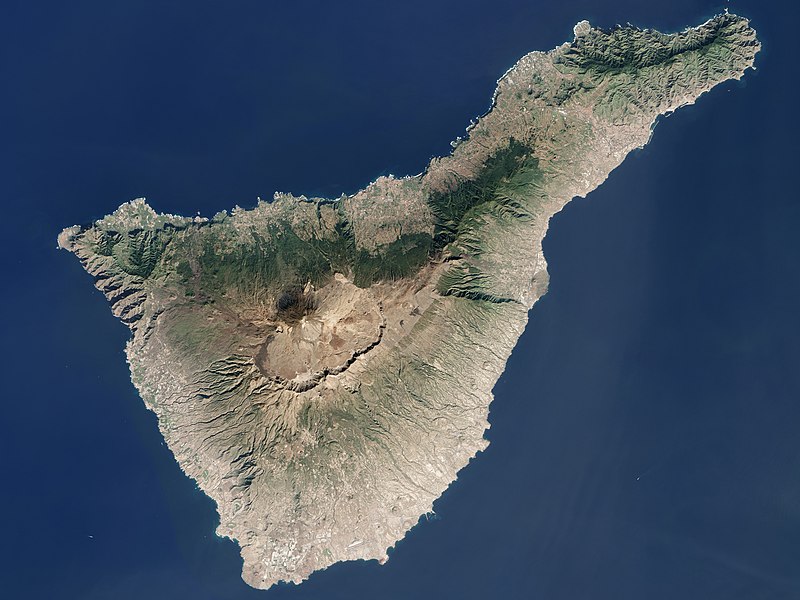Waihona:Tenerife, Canary Islands.jpeg

Ka nui o kēia nāmua: 800 × 600 mau pikela. Other resolutions: 320 × 240 mau pikela | 640 × 480 mau pikela | 1,024 × 768 mau pikela | 1,280 × 960 mau pikela | 2,560 × 1,920 mau pikela | 6,000 × 4,500 mau pikela.
Waihona kumu (6,000 x 4,500 pikela, nui waihona: 3.8 MB, ʻano MIME: image/jpeg)
Mōʻaukala waihona
Kāomi ma ka lā/hola no ka nānā ʻana i ka waihona ma kēlā manawa.
| Lā/Hola | Kiʻiliʻi | Nā Nui | Mea ho‘ohana | Kaumanaʻo | |
|---|---|---|---|---|---|
| okamanawa | 05:13, 12 Malaki 2021 |  | 6,000 × 4,500 (3.8 MB) | StellarHalo | {{Information |Description=Detailed imagery can reveal components of the volcanism that helped shape Tenerife, the largest of Spain’s Canary Islands. But the wide view paints a more robust picture. The Operational Land Imager (OLI) on Landsat 8 acquired this image of Tenerife in its entirety on January 25, 2016. From summit to sea, you can see the transition between the caldera, the tree line, and the populated coastal areas. The summit of the Teide stratovolcano reaches 3,718 meters (12,198... |
Nā Hana waihona
ʻAʻohe ʻaoʻao e loulou i kēia waihona.
Global file usage
The following other wikis use this file:


